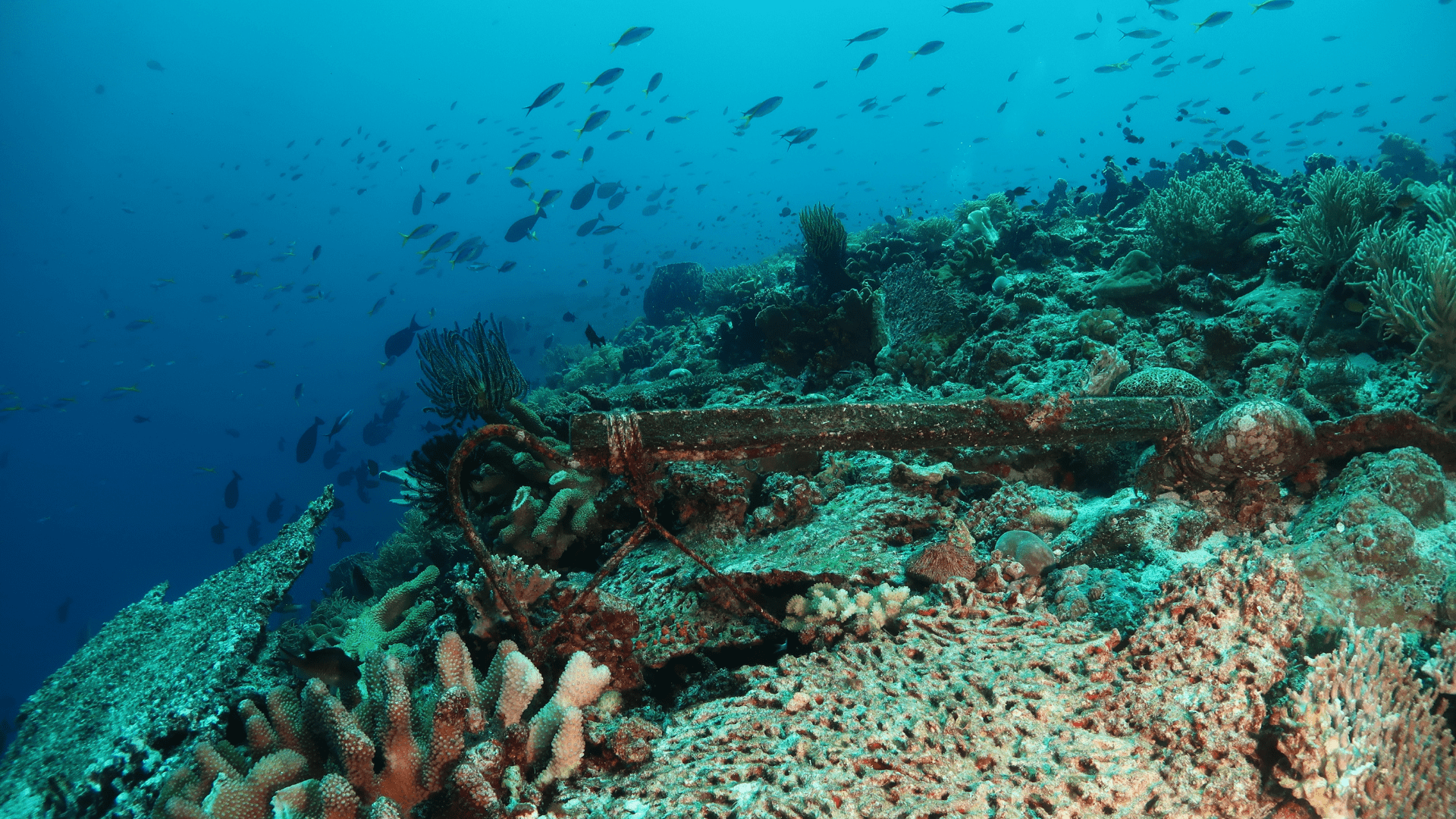Look around you and see how many things you can find that are made out of paper. It shouldn’t take long before you have a pretty substantial list: everything from cardboard to bottle labels are made using paper products. Society is built around both its use and its exchange. Something so important to our lives should be treated with care. And that includes how we harvest it. On Season Two of Tomorrow’s World Today, we learned about one company that is making a huge difference in how paper is manufactured: Asia Pulp and Paper.

Meet Asia Pulp and Paper
Asia Pulp and Paper (APP) is one of the largest paper manufacturers in the world. Located in Indonesia, APP is dedicated not only to making quality products but to improving the lives of those around their plantations and factories. For starters, only plantation wood is used in their products. This reduces third-party deforestation and allows for easier restoration. For every tree cut down, one is planted in its place. The new saplings are even genetically engineered through cloning to ensure the resulting trees will be healthy and produce quality pulp.
While many companies already do this (and they should), APP takes it one step further. The Integrated Forestry and Farming System (IFFS) is their commitment to helping the communities who live near the plantation. Many of these villages would illegally clear forests to make room for their farms, often using fire. If the fire spread, however, it would endanger not just the forest but the people as well. Instead, APP uses the forest as their plantation in exchange for dedicated farmland for the communities. They even provide classes for children and adults that teach other farming options, such as fowl or fisheries.
Controlling the Fire
Even with all pulp coming from plantation trees and the space granted for farming, fires will still happen, because accidents happen. A stray spark from a nearby fire, for example, could be enough to start an inferno. For this reason, APP is carefully monitoring their plantations for any signs of fire. They’ve partnered with MacDonald, Dettwiler and Associates Ltd. (MDA) to use RADARSAT-2 to detect fires early.
The results have already been very promising. As of June 2018, monitoring revealed a .06% deforestation rate. This is thanks not only to what they are doing when they are harvesting pulp but also to the APP Integrated Fire Management. By having their own fire team on the property, it’s easier for fires to be identified and quickly contained. The addition of a situation room allows for multiple hotspots to be monitored and for teams to be dispatched promptly. APP is also testing the use of a thermal infrared imaging system, instead of the traditional optical. While optical systems are quick and affordable, they fare poorly in hot and smoky conditions. Not exactly ideal for something designed to detect fires… which is why thermal infrared could be the logical replacement.
A Long-Term Commitment
A project this substantial is not one that can be dealt with in just a few months. Years of planning goes into the work, with the expected benefit of years of results. APP’s Forest Conservation Policy (FCP) has been in effect for six years. Plenty of progress has been made in that time, but there’s always room for improvement and for new inclusions not previously thought of. For example, while the FCP was launched in 2013, it wasn’t until 2016 that the IFFS program began. 2018 saw the start of the Collaborative Conservation Management protocol, with the hopes of joining other companies and organizations dedicated to protecting the environment.
It’s also an expensive endeavor. $210 million has been poured into the FCP, albeit with a portion over the course of five years. The farming program alone cost $10 million, presumably because of the cost of livestock and buildings. Few would want such a large investment to be used up in a matter of months. Thankfully, it seems as though it’s (literally) paying off: APP reported a sizable growth in equity, net income, and revenue in 2016.
A Sustainable Cycle
Ultimately, APP’s goal isn’t to end deforestation. While they can prevent it from happening within their business and those associated with it, it’s impossible to completely prevent the world’s forests from being at risk. Instead, they want to create a sustainable cycle that will allow them to create the same quality products they always have without taking away from what nature has provided. A cycle that renews the resource taken with an equivalent. In this case, that means new trees planted for each one cut down for pulp.
And here’s what’s remarkable: they’re almost there. The deforestation rate, as mentioned above, is less than 1%. This is well within the margin for error and is almost negligible. It extends beyond the plantations, too. APP operates its own seaport to ship products to other countries, drastically cutting down on traffic and shipping costs. The use of native species like Shorea balangeran and Cratoxylon sp. prevents invasive species from infiltrating and infecting non-plantation forests. And of course, the IFFS is giving communities a chance to make their own lives sustainable both financially and environmentally.

It’s a cycle that continues to evolve and improve, and as it does, grow into a perfect circle.




